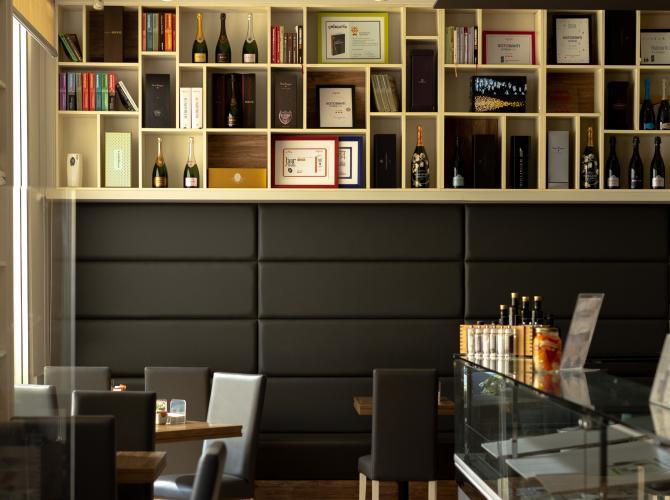
The Krug Experience
Krug
Ambassades
Krug Ambassades are where Krug comes to life around the world. More than places, they are the faces of Krug Lover Chefs, sommeliers, restaurateurs, bartenders and fine wine merchants.









Part 1